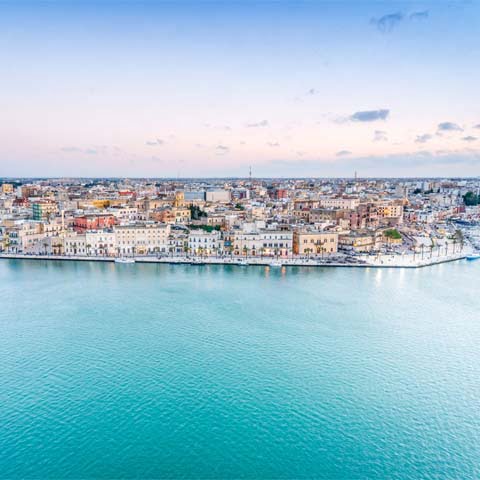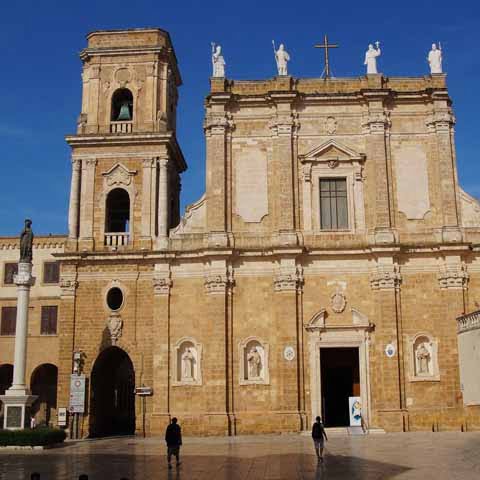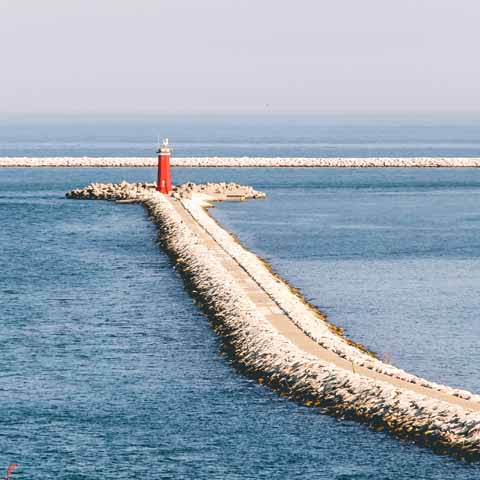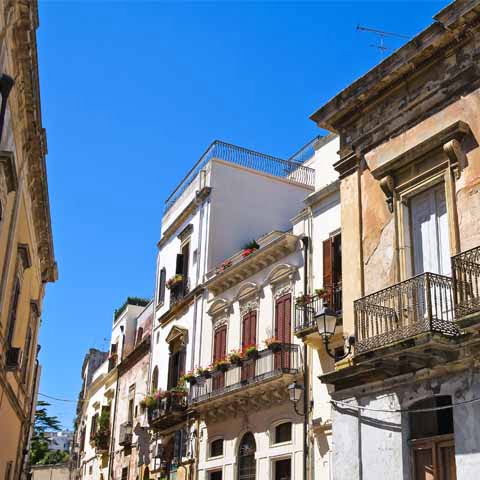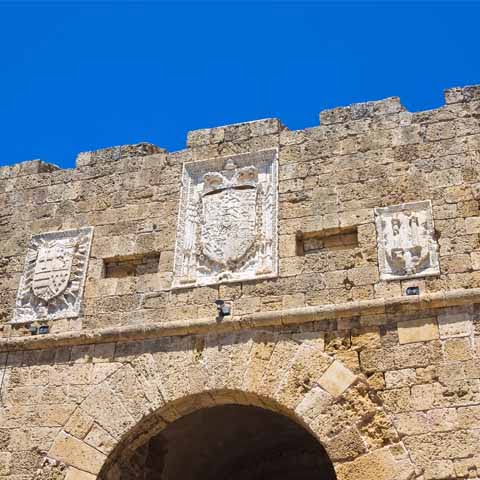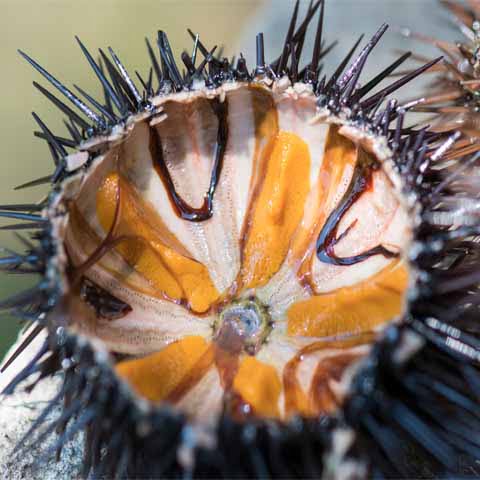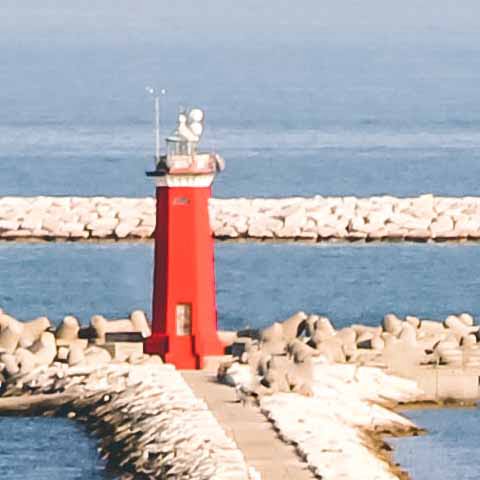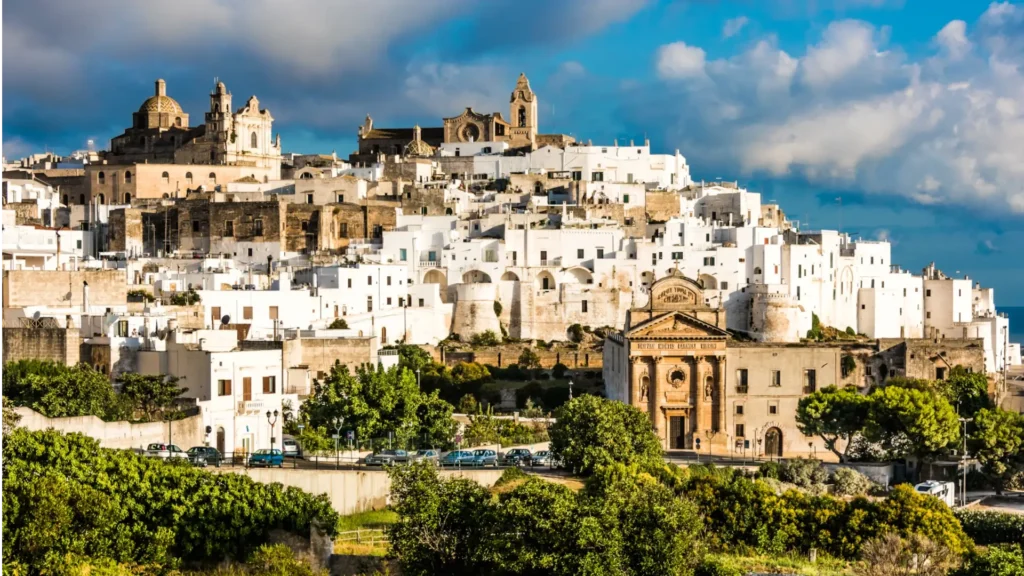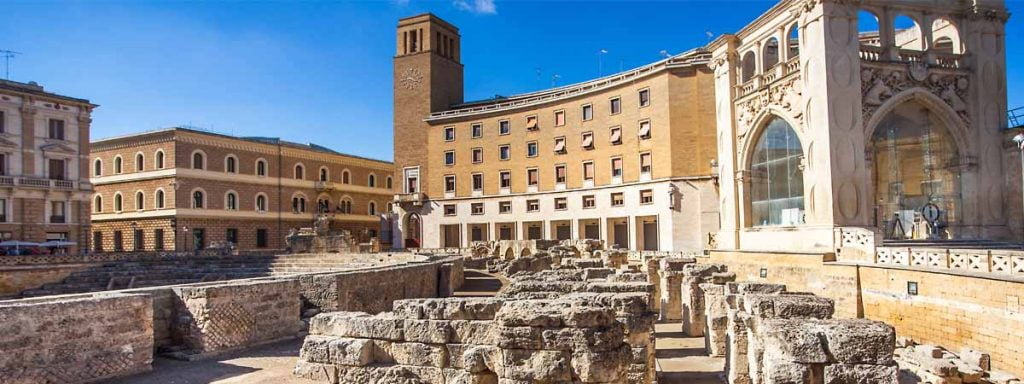On the southeastern tip of Italy sits the ancient and beautiful port city of Brindisi. Located in the region of Apulia and the province of Brindisi, this city along the coast of the Adriatic Sea is a hub of activity for industry, tourism, and agriculture. This charming seaside town offers a delightfully down to earth experience of the people and everyday culture of true Italy.
The historical establishment of the original city is not clear and remains a disputed topic. Regardless, records do show that the town was most likely an ancient Greek settlement that was established prior to Roman expansion. There is still evidence of Greek and Roman influence in architecture throughout the city today.
This popular port city’s name comes more from its geography than its rich history. The Latin name Brundisium comes from the Greek word Brentesion. Both translate to “deer’s head.” If you zoom in closely on a map of the coast of Brindisi, you will see that the shape of the natural harbor is reminiscent of the head and antlers of a deer.
Brindisi, also referred to as the Gateway to the East, is a major Italian port for Greece, Turkey and the Middle East. The trade here is mostly based in fuel, oil, natural gas, coal, and chemicals. Thriving industries for the city include chemicals, electricity, aviation and agriculture. In fact, Brindisi is recognized as a key industrial chemical center by The Federchimica Association. The agricultural industry is based on fruits and vegetables, the cultivation and harvesting of grapes for wine, and olives.
In addition to the employees of the chemical, electricity, aviation and agricultural industries, the city is also home to many domestic and foreign servicemen in the sea and aviation industries. Brindisi is now the headquarters for the San Marco Regiment Marine Brigade, a land and water arm of the Italian marines. Also residing in the city is a fairly decent number of Americans that were once assigned to a local U.S. Air Force Station that has since closed down.
A special Brindisi dialect is primarily spoken amongst the city’s eighty-seven thousand residents. The local cuisine is based on the simplest and purest ingredients, including locally grown fruits and vegetables as well as fresh seafood from the Adriatic Sea. Brindisi is especially known for their milk and homemade sheep’s milk cheeses.
When visiting the city, leave yourself time to wander the streets and the coastline to take in architecturally impressive structures such as the Monument to Italian Sailors, Piazza Duomo, and the Brindisi Cathedral. For those visitors hoping for something a little faster paced, the city is also home to rugby, basketball, and volleyball teams that play in several different sports venues around town.
Transportation in Brindisi is fairly diverse, with everything from roadways to ferry transport. The main roads accessing Brindisi are the Bari-Lecce Expressway and the Adriatica SS 16. Both roadways connect the city to other well-traveled cities of Italy. The Brindisi Railway Station links the city with a number of different destinations via the Adriatic and Ionian coastal railways. The Brindisi-Casale Airport in the city connects travelers with many major Italian and European cities. And as one would expect with Brindisi’s prime coastal location as one of the most important commercial and industrial Adriatic Sea ports, boat and Ferry transport are available to travelers.
GEOGRAPHY
In Southern Italy, the city of Brindisi sits on a natural harbor on the east side of a large peninsula that stretches deep into the Adriatic Sea. The city itself is compact and the skyline is filled with variety of buildings that line up against the port and stand staring out to the sea. The combination of beautiful landscaping and pristine ocean waters just outside the city proper lends itself well to the preservation of land and wildlife with at least three nearby reserves or parks.
The Regional Natural Park of Punta della Contessa is more than two hundred acres of wetlands that act as a habitat for migratory birds and rare plants. The Bosco di Cerano, or Cerano Forest, is partially located in Brindisi and is home to one of the last remaining parts of the forest that once initially covered much of the Adriatic coast. Here you will find more than sixty different species of birds as well as foxes and badgers. The Natural Reserve of Bosco of Santa Teresa and Lucci is a protected area of the Santa Teresa and Lucci forests where trees, vegetation, birds, and wildlife flourish.
The Nature Reserve of Torre Guaceto can be found on the Adriatic coast between Brindisi and Ostuni. The reserve is inhabited by turtles on the sandy beaches and amphibians and birds in the marshes. The sheer variety of landscape, plant, and animal life found in this marine reserve make it truly unique.
CLIMATE
Brindisi’s climate is largely Mediterranean. On average the summers are quite warm and sometimes humid, with lots of gorgeous sunshine. The temperature in early summer is typically in the mid-eighties (Fahrenheit) and can climb even higher in July and August. Winters in the city tend to be fairly mild with somewhat frequent rains. Snowfall here is extremely rare.
Perhaps the most unique features of the weather in Brindisi are the Bora and Sirocco winds. The northern Bora wind comes from the Adriatic Sea. It helps cool the city in the summer and then reinforces cold temperatures during winter. The southern Sirocco wind from the Sahara is warm and humid and is known for bringing thunderstorms and some of the red sand of the Sahara in the spring and fall. While the winds of either variety may not be overpowering, it will make outdoor traveling more than a little breezy at times.
ONLY IN BRINDISI
There is no other port quite like the Port of Brindisi, so do not leave without soaking up the activity and culture found there. Although any spot along the port will do, one of the best ways to take in the magic of the harbor is by walking the city’s main promenade. The walkway stretches from the Virgil Monument to Via Dorotea and offers unparalleled views of commercial ports, harbor traffic, and the Monument to Italian Sailors. The Lungomare Regina Margherita is a section of the promenade with a beautifully paved walkway next to where dozens of small fishing boats are often docked. Grab a cup of coffee and stroll the promenade hand in hand with someone special as you watch the boats sail by.
If wanting to capture the essence of the center of Brindisi, consider wandering the city streets to visit the local markets. With a robust agricultural industry and fresh seafood so near, the markets often sell fresh produce, seafood, and other goods. The markets are always a flurry of activity with lots of foot traffic, price negotiations, and pleasure over a deal well made.
Travel Guides
The Apulia Region of Italy
The Cities of Apulia, Italy
